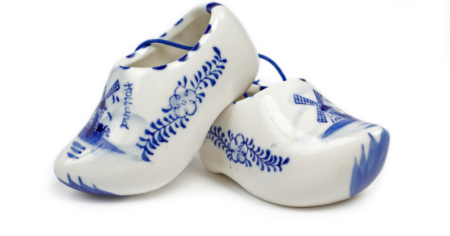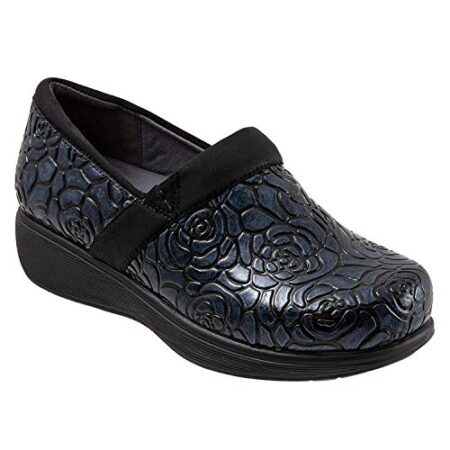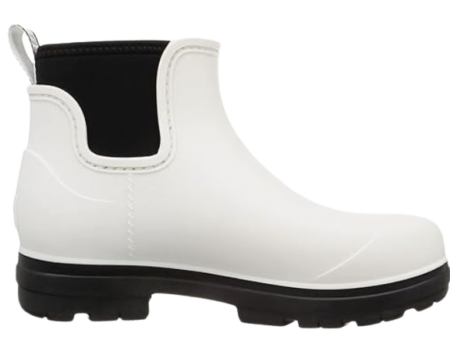How much weight should I subtract from my clothes and shoes before shopping?
When you shop for new clothes or shoes, you want to get them at the absolute lowest price possible. It means you don’t want to pay too much for your clothing and shoes.
When you buy something new, you usually subtract some amount of weight from the item. The amount depends on the size of the item.
In this blog post, we will discuss it intensely; let’s start.
How Much Weight Do You Subtract For Clothes And Shoes?
The number on the scale can be deceiving when you’re trying to lose weight. That’s because you must subtract the weight of your clothes and shoes before accurately determining your actual baseline number.
That means if you’re wearing a pair of jeans that weigh two pounds and some tennis shoes that weigh two pounds, your actual weight will be four more.
And if you’re wearing a dress that weighs four pounds and some sandals that weigh one pound, your actual weight will increase by five pounds.
But even if you’re only wearing a T-shirt and some shorts, you still have to subtract the weight of those clothes to establish your actual body weight.
So if you weigh 150 pounds and wear clothes that weigh two pounds, your actual body weight is 148 pounds.
How do you subtract for clothes and shoes?
When budgeting for clothes and shoes, it is essential to remember to subtract the cost of both items from your monthly budget. For clothes, figure out how much you will need for each season. Add the cost of all the clothes you need for the year, and then divide that by 12.
It is how much you should budget each month. For shoes, calculate how much you will need for the year. Divide that number by 12 to determine how much you should budget each month.
What Factors Contribute To Weight Loss?
Many factors contribute to weight loss. Diet, exercise, and genetics are all major contributors. However, there are other factors that people don’t often think it.
Stress levels can play a role in weight loss. People who are stressed may be more likely to comfort eat or make unhealthy choices. Also, stress can physically impact the body, leading to weight gain.
Sleep deprivation can also lead to weight gain. People who don’t get enough sleep tend to be hungrier and make poorer food choices. They’re also more likely to be inactive, leading to weight gain.
Finally, social support can help or hinder weight loss efforts. People with a strong network of supportive friends and family members are more likely to succeed in their weight loss goals.
What Are The Benefits Of Subtracting For Clothes And Shoes?
When subtracting for clothes and shoes, there are many benefits to be had. For one, you can save much money in the long run. If you regularly take the time to subtract for your clothing and shoes, you can easily save hundreds if not thousands of dollars each year.
Removing your clothes and shoes can help you stay organized and clutter-free. Having a designated space for your clothing and shoes lets you know exactly where everything is and can find what you need quickly and easily.
Lastly, subtracting your clothes and shoes can help you stay healthy. Having a place to store your clothing and shoes makes you less likely to wear the same outfit multiple times in a row or walk around in dirty shoes.
Conclusion
In conclusion, while there is no definitive answer to how much weight to subtract for clothes and shoes, removing about 10% of your body weight is a good rule of thumb. Remember to account for the weight of your clothes and shoes when calculating your ideal weight. It will give you a reasonable estimate of how much your clothing and shoes weigh.















